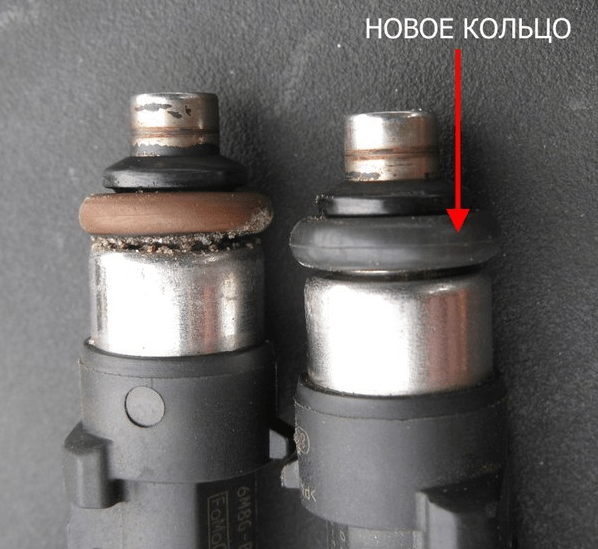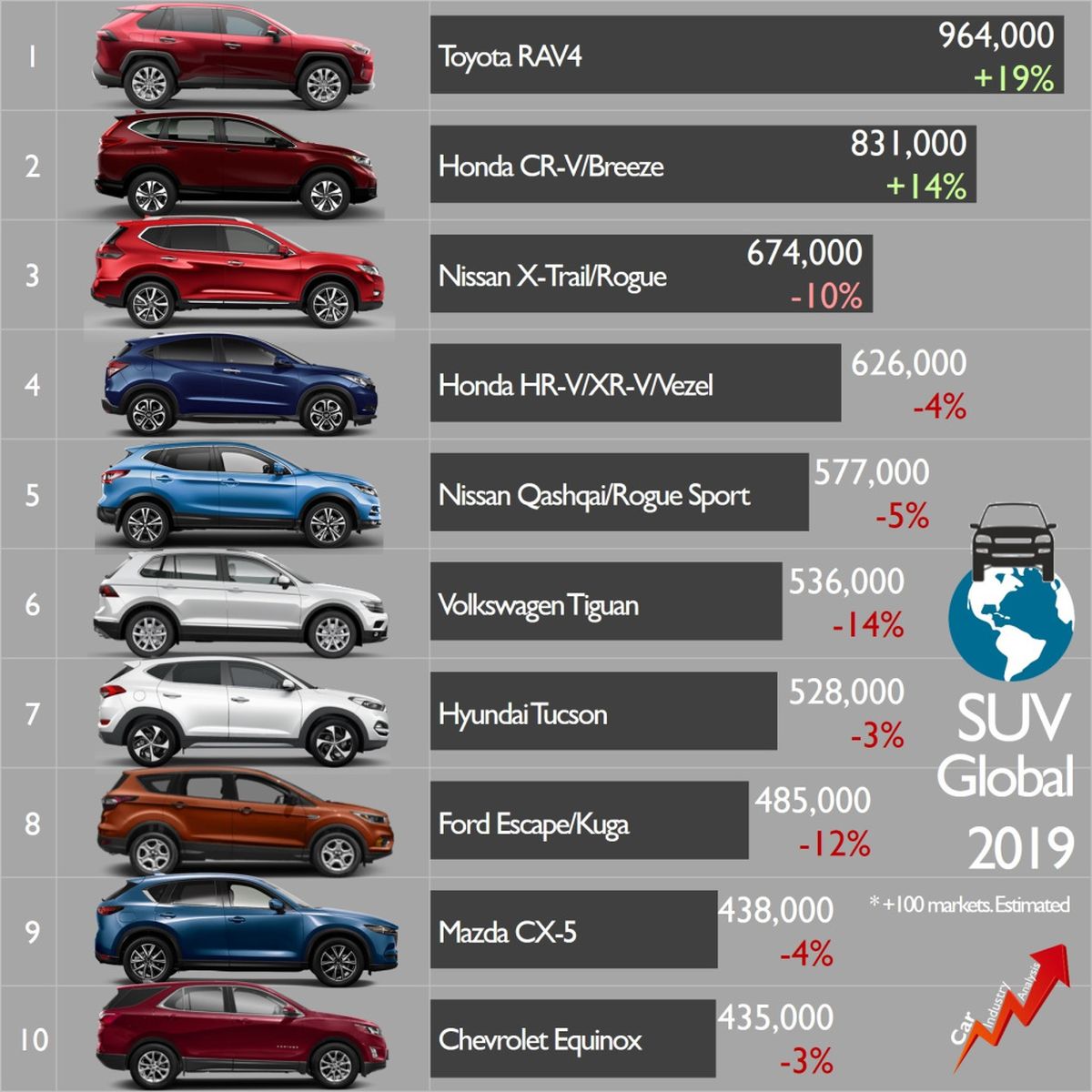
How to replace fuel injector o-rings
Content
Fuel injector O-rings prevent fuel vapors from entering the vehicle's engine. O-rings for fuel injectors withstand pressures up to 750 psi and prevent fuel from igniting.
Fuel systems are always under pressure, whether the engine is running or not. The o-rings on the injectors are designed to prevent all fuel and fuel vapors from entering the engine compartment. These rings are made of rubber resistant to oil and hydrocarbons.
It is very important to have an effective O-ring that can seal fuel vapors and prevent them from escaping. Exhaust gas temperatures at the exhaust manifold where it connects to the cylinder head can reach 1,250 degrees Fahrenheit. Fuel vapors ignite at a minimum temperature of 850 degrees Fahrenheit. If the vapors come into contact with the manifolds at or above 850 degrees Fahrenheit, the fuel vapors ignite.
Fuel injector o-rings are rated up to 750 psi. Most fuel operating systems have a pressure of 60 to 125 psi when the engine is running.
Attention: It is recommended to replace the fuel injector O-rings with Original Equipment Manufacturer (OEM). Aftermarket fuel injector O-rings may be thicker or thinner than original design. If the O-ring is too large, it may damage the injector during installation. If the O-ring is too thin, then there will be leakage of fuel when it is pressurized.
A warning: If you smell gasoline fumes from the top of the engine, do not wash the top of the engine with water. The smell of gasoline fumes indicates a leak, and if you wash the top of the engine, water can get into the combustion chamber. Water is a liquid, and liquids do not compress. Water in the combustion chamber can damage the piston, valves, and spark plug.
A warning: Do not smoke near the car if you smell fuel! You smell fumes that are very flammable.
Engine light codes associated with the fuel hose on vehicles with computers:
- P0087
- P0088
- P0093
- P0094
- P0170
- P0171
- P0172
- P0173
- P0174
- P0175
- P0213
- P0214
- P0442
- P0455
Part 1 of 7. Check the condition of the fuel injector O-rings.
Step 1: start the engine. Check the instrument panel for an engine light. Listen to the engine for sounds of misfiring cylinders. Feel any strange vibrations while the engine is running.
Step 2: Stop the engine and open the hood.. Check for fuel buildup around the injector base and intake manifold.
Part 2 of 7: Preparing to Replace Fuel Injector O-rings
Necessary materials
- Hex key set
- socket wrenches
- combustible gas detector
- Drip tray
- Flash
- Flat head screwdriver
- Fuel Hose Quick Disconnect Kit
- Fuel resistant gloves
- Non-abrasive cleaner
- Protective clothing
- Ratchet with metric and standard sockets
- Safety glasses
- Wrench
- Torque bit set
- Wheel chocks
Step 1: Park your car. Make sure the transmission is in park (automatic) or 1st gear (manual). Park your vehicle on a level, firm surface.
Step 2: Install wheel chocks around tires that will remain on the ground.. In this case, the wheel chocks will be located around the front wheels, since the rear of the car will be raised. Apply the parking brake to block the rear wheels from moving.
Step 3: Install a nine volt battery in the cigarette lighter.. This will keep your computer running and save the current settings in the car. If you don't have a XNUMX-volt power-saving device, you can skip this step.
Step 4: Disconnect the battery. Open the car hood and disconnect the car battery. Remove the ground cable from the negative battery terminal to cut off power to the ignition and fuel systems.
Part 3 of 7. Remove the fuel injector O-ring.
Step 1: Disconnect the fuel rail from the fuel lines.. Remove the cover from the top of the engine. Using a quick disconnect tool, disconnect the fuel rail from the fuel lines.
Step 2: Remove the fuel rail from the injectors.. Remove the bolts securing the fuel rail to the engine.
- AttentionNote: If your engine has an air intake mounted transversely or overlapping the fuel rail, you must remove the air intake before removing the fuel rail.
Raise the fuel rail and remove it from the injectors.
Step 3: Remove injectors from intake ports.. Using a small pry bar, slightly lift the injectors and remove them from the intake ports. Clean the ports with a non-abrasive cleaner and wipe them with a lint-free cloth.
Step 4: Remove the o-ring from the injectors.. Clean the nozzle tips with a non-abrasive cleaner and wipe them with a lint-free cloth.
Part 4 of 7: Install a new fuel injector O-ring
Step 1: Install new o-rings on new injectors.. Place the nozzles in the inlet holes and lightly press them into place.
Step 2: Install the fuel rail on the injectors.. Screw in the fixing bolts until they stop by hand. Turn another 1/8 turn to secure the bolts.
- Attention: If you had to remove the air intake, make sure you install new gaskets or o-rings when you reinstall the air intake.
Step 3: Connect the fuel rail and fuel line together.. Install the engine cover and snap it into place.
Part 5 of 7: Leak Check
Step 1 Connect the battery. Open the car hood. Reconnect the ground cable to the negative battery post. Remove the nine volt battery.
Step 2: Tighten the battery clamp. Make sure the clamp is tight to ensure a good connection.
- AttentionA: If you didn't have a XNUMX-volt power saver, you'll have to reset all of your car's settings, such as the radio, power seats, and power mirrors.
Step 3: turn on the ignition. Listen for the fuel pump to turn on. Switch off the ignition after the fuel pump stops making noise.
- AttentionA: You will need to turn the ignition key on and off 3-4 times to make sure the fuel rail is filled with fuel.
Step 4: Check for leaks. Use a combustible gas detector and check all connections for leaks. Smell the air for the smell of fuel.
Part 6 of 7: Lower the car
Step 1: Clean up your tools. Gather all the tools and vines and get them out of the way.
Step 2: Raise the car. Using a jack recommended for the weight of the vehicle, raise it under the vehicle at the indicated jack points until the wheels are completely off the ground.
Remove the jack stands and keep them away from the vehicle.
Step 3: Lower the car. Lower the vehicle so that all four wheels are on the ground. Pull out the jack and set it aside.
Step 4: Remove the wheel chocks. Remove the wheel chocks from the rear wheels and set them aside.
Part 7 of 7: Test drive the car
Step 1: Drive the car around the block. While checking, listen for any engine cylinder that may not be working properly and feel for any vibrations.
Step 2: Check for warning lights on the dashboard.. Watch the fuel level on the dashboard and check for the engine light to come on.
If the engine light comes on after replacing the fuel injector O-rings, additional fuel system diagnostics may be required.
If the problem persists, ask a certified AvtoTachki technician to inspect the fuel system and diagnose the problem.
